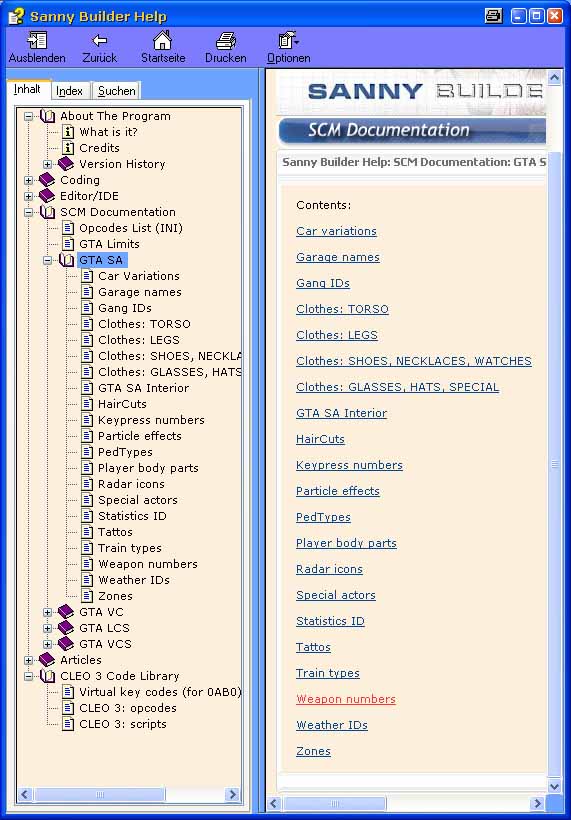
How do I detect that the user pressed Command+A under OS X in a way that will work with any keyboard layout? I should add that the user can have multiple keyboard layouts installed. Virtual keys mainly consist of actual keyboard keys, but also include virtual elements such as the.

They consider key codes to be some sort of virtual keys, but in fact they are just physical key positions and this does mean that they are some sort of hardware independent scan codes. The virtual-key codes identify various virtual keys. You can combine any of the codes with a modifier key to create a hot key. It does seem that apple has only 2 properties for keyboard events: key codes ( kEventParamKe圜ode) and characters. The following list shows the constant names, hexadecimal values, and keyboard equivalents for the virtual-key codes. Virtual-Key Codes 1 left mouse button 2 right mouse button 4 middle mouse button 20 caps lock key 34 page down key 37 left arrow key 39 right arrow key. I think I do not have to explain more why virtual keys are the way we must store and process keyboard shortcuts.Īnd now let’s try the same thing on Apple OS X platform. Somewhat contrary to its name, Virtual Key Codes mainly consist of real keyboard keys but also include some virtual keys such as mouse buttons.
#VIRTUAL KEY CODES CODE#
Do a bit shift to convert that value into a long where bits 16-23 are the scan code Use GetKeyNameText to obtain the name of the key.

VK_Acode is present on any keyboard layout even if the character produced is not A Alt Codes for ASCII Symbols, for Building Command Line Interfaces and ASCII Art. In this case all we have to do is to look after VK_A virtual key.

Let’s say that we want to implement Ctrl+A shortcut. If you want to deal with keyboard shortcuts and be able to use them in an international context you have to use the virtual key codes. Note: To use these codes in the VKMapping section, the hexadecimal values need to be converted to decimals.On Windows, keyboard events are reporting scan codes, virtual key codes and characters.
#VIRTUAL KEY CODES WINDOWS#
The following table shows the symbolic constant names, hexadecimal values, and keyboard equivalents for the virtual-key codes used by Microsoft Windows Mobile 6.0.


 0 kommentar(er)
0 kommentar(er)
